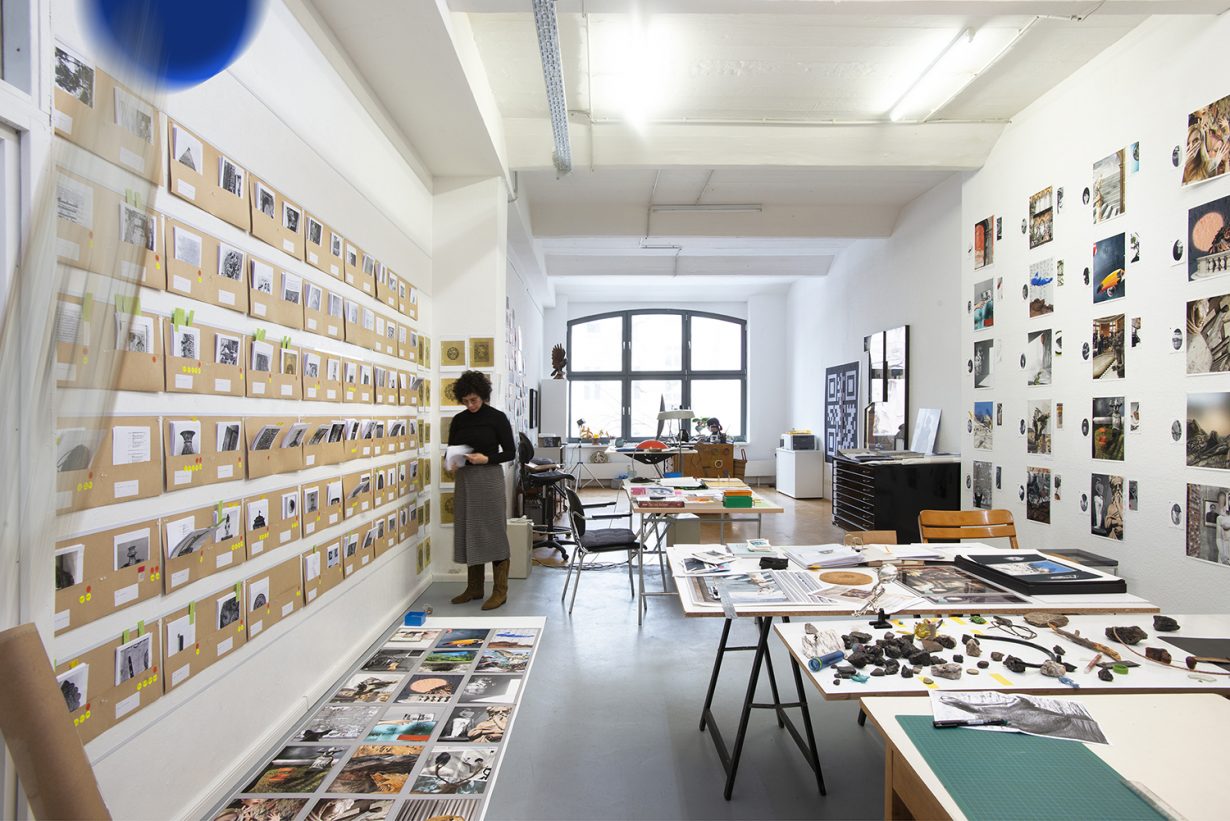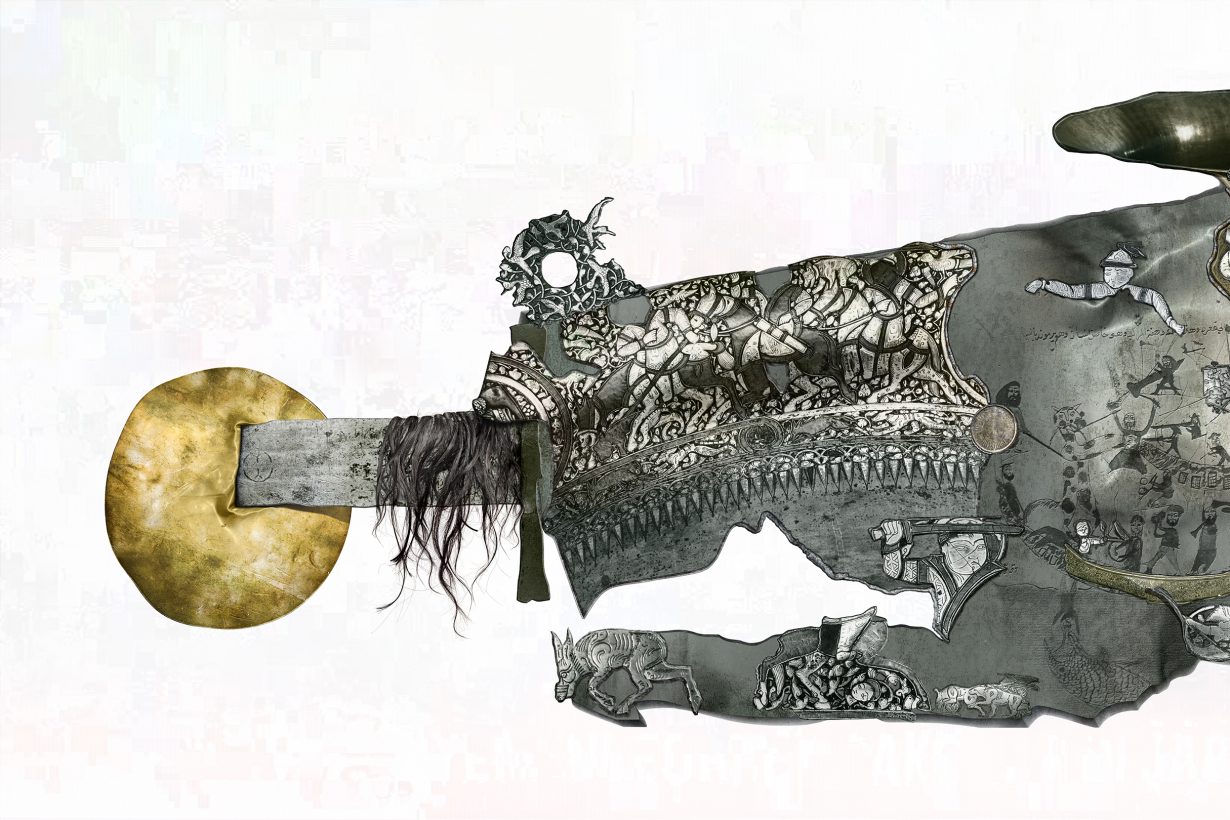
ArtReview sent a questionnaire to artists and curators exhibiting in and curating the various national pavilions of the 2022 Venice Biennale, the responses to which will be published daily in the leadup to and during the Venice Biennale, which runs from 23 April to 27 November.
Ilit Azoulay is representing Israel; the pavilion is in the Giardini.
ArtReview What can you tell us about your exhibition plans for Venice?
Ilit Azoulay I am habitually working research-based, and through the medium of photography de- and recomposing what we usually perceive as set. In the Biennale my project Queendom challenges the male-dominated and national sets of knowledge and information transfer. I show large panoramic photomontages that appear in the pavilion alongside a collaborative soundwork and architectural interventions. Together with the curator Shelley Harten and the exhibition team, I question the whole structure of the pavilion – its architecture and its purpose will undergo a transformation.
AR Why is the Venice Biennale still important?
IA No matter how flawed the national structure of the Biennale, it is an opportunity to bring a huge amount of international artistic positions in contact and conversation with each other. As an artist, I already feel that some topics are shared and connected with other contributions to the Biennale and I am looking forward to being in touch.
AR Do you think there is such a thing as national art? Or is all art universal? What is misunderstood or forgotten about your country’s art history or artistic traditions?
IA There is contextual art and art that relates to a certain visual vocabulary. Certain entry points to an artwork are accessible to those sharing a particular set of knowledge and information. At the same time, an artwork functions universally, offering points of connection on many levels that should be accessible to all who take the time to start a conversation with the work. An artwork’s strength lies in its multifocal and polyphonic setup and in the way it sparks conversation, thoughts and questions.

AR Which other artists from your country have influenced or inspired you?
IA I would like to expand the category of artists here beyond the visual. I grew up with a strong emphasis on Middle Eastern music. My family owns a music store holding an archive of vocal artists from all over the region. I saw my father and his brothers through the years recording and archiving more and more voices from the Middle East, creating a net of connected cultural histories, based on the natural understanding of being part of the region.
AR How does having a pavilion in Venice make a difference to the art scene in your country?
IA The pavilion was built after the emergence of the Israeli state in the early 1950s. Its Bauhaus architecture reflects the country’s wish to be perceived as part of the modernistic, Western and progressive artworld. It embodies a Eurocentric claim to civilisation. For many years and still today this image of high culture and to be an unquestionable part of the ‘inner circle’ right in the middle of the Giardini has been important for the country’s art scene’s self-image as European. I am countering this narrative by looking at more contemporary ways of understanding art – changing the pavilion’s direction from West to East and from a national to a regional Middle Eastern and even transregional context. I hope to adjust the pavilion slightly to fit the way we understand culture and art today. At the same time, with the boycott of many Israeli artists due to political reasons, it is a good opportunity to remain visible.
AR If you’ve been to the Biennale before, what’s your earliest or best memory from Venice?
IA I remember being very moved by the theme of the main exhibition curated by Massimiliano Gioni, The Encyclopedic Palace [2013], which centred on Marino Auriti’s architectural plan that never materialised: a dream of a space that embraces all universal knowledge throughout the history of art and humanity. There were artists in the exhibition whose practice is based on different ways of conveying information, testimonies and stories. Since then, I believe the amount of information available has been replicated by the thousands, and there is no ‘Babylon Tower’ that will contain it all. Humans are the main transmitters of history and cultural knowledge – we should acknowledge other ways of spreading this.
AR What else are you looking forward to seeing?
IA I am curious to see what content will emerge from the various exhibitions after the official opening of the Venice Biennale as a glittering event, and what change will be made possible with the help of this content. After all, we are facing a threshold in the way art remains relevant and alive…